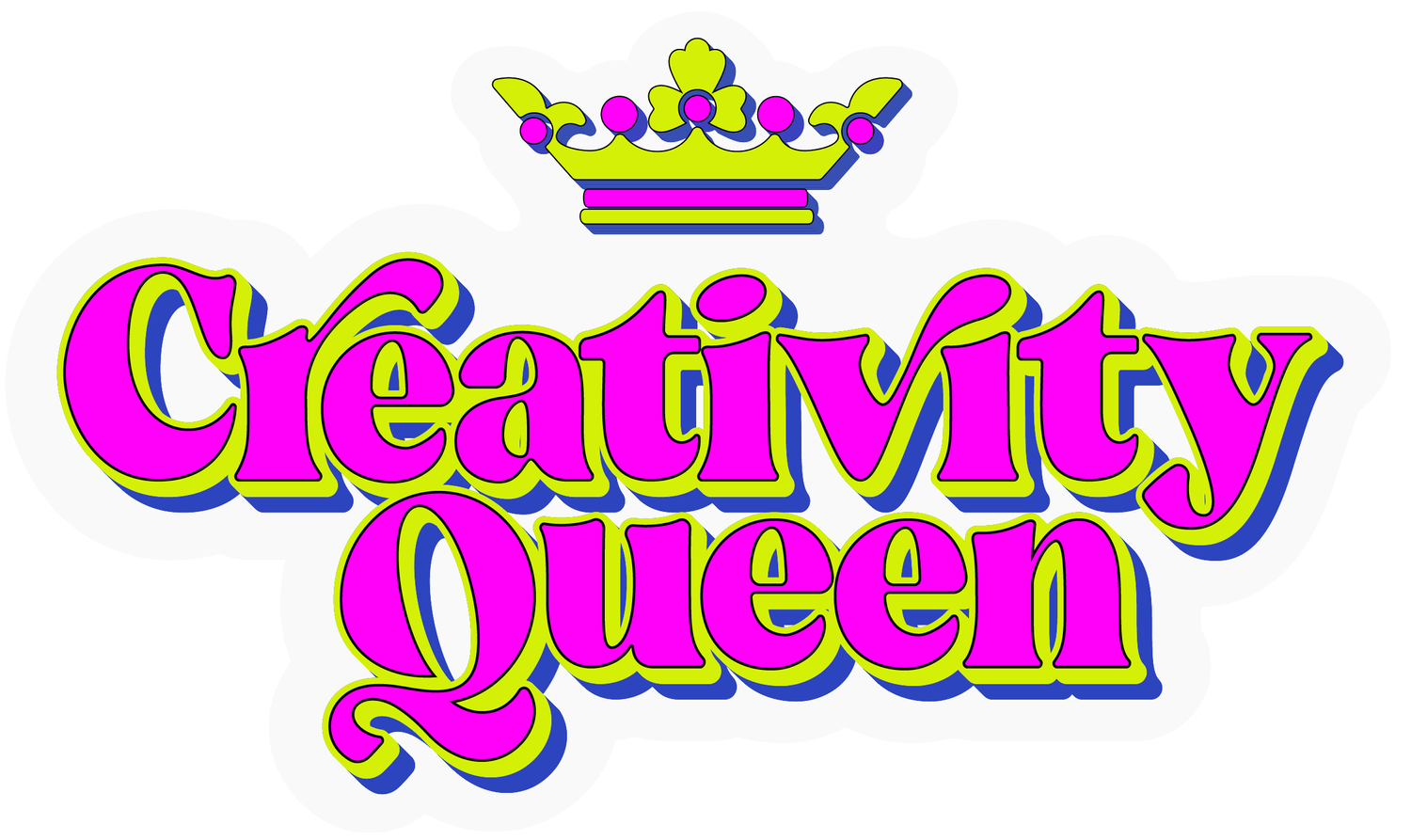Anxious Child? Here's a Creative Solution
child anxiety
Did you know that children's mental health statistics suggest as many as 1 in 10 young people may have an anxiety disorder?
Did you know that 8 percent of children between the ages of 13-18 have an anxiety disorder?
The National Institute of Mental Health notes that symptoms commonly emerge around age 6. However, of the children who experience symptoms of anxiety, only 18 percent received mental health care. If you are a parent who is anxious, studies suggest that children or adolescents are more likely to have an anxiety disorder if their parents have anxiety disorders (U.S. Department of Health & Human Services).
Stress, worries, anxiety, fear- it's all part of life. Yet, if we are not given the opportunity to express our fears and realize that it's okay to feel scared (worried, etc) and learn tools to manage these feelings we may develop an anxious disposition. Part of it may be biological, just the way we are hardwired. However, it is believed that genetics only shapes us by 50%, the remaining 50% is environment, situations, people, and perceptions. So we have control over half of our worries and can learn the tools to manage these feelings.
The interesting thing about anxiety is that it is often overlooked, yet it has lasting impacts. If a child is anxious they often internalize their feelings and they do not get the attention that a child who is acting out gets. However, this internalization may lead to feeling of inadequacy, self-criticism, and may trigger addictive and self-harming behavior.The National Institute of Mental Health noted that, “studies on treating childhood anxiety disorders found that high-quality cognitive behavioral therapy (CBT), given with or without medication, can effectively treat anxiety disorders in children. One small study even found that a behavioral therapy designed to treat social phobia in children was more effective than an antidepressant medication.” Essentially, if your child suffers from anxiety, they can be helped in therapy, and they can learn strategies to reduce their anxiety.
Okay- so what's a parent to do? Here's a creative solution. Ask your child to create an image of what is bothering them. So if there is a certain situation (like homework or going back to school) or person (like a classmate) that triggers their anxiety and worries ask them to make a picture of it. Allow them to create without censorship or judgment. Ask them if they would like share what they created ("no" is an acceptable answer).
Here's the important part, listen to what they say without offering your perspective. Instead be empathetic and validate their feelings. After listening without offering advice ask your child questions about what the person in the drawing could do or think differently so they feel more in control and less worried. Allow your child to be creative in their responses.
Allowing flexible creative divergent thinking helpings your child re-pattern their brain neural pathways helping your child think in terms of what's possible and encourages growth mindset. Are you need of more support? Schedule a complimentary phone consultation to learn more.

